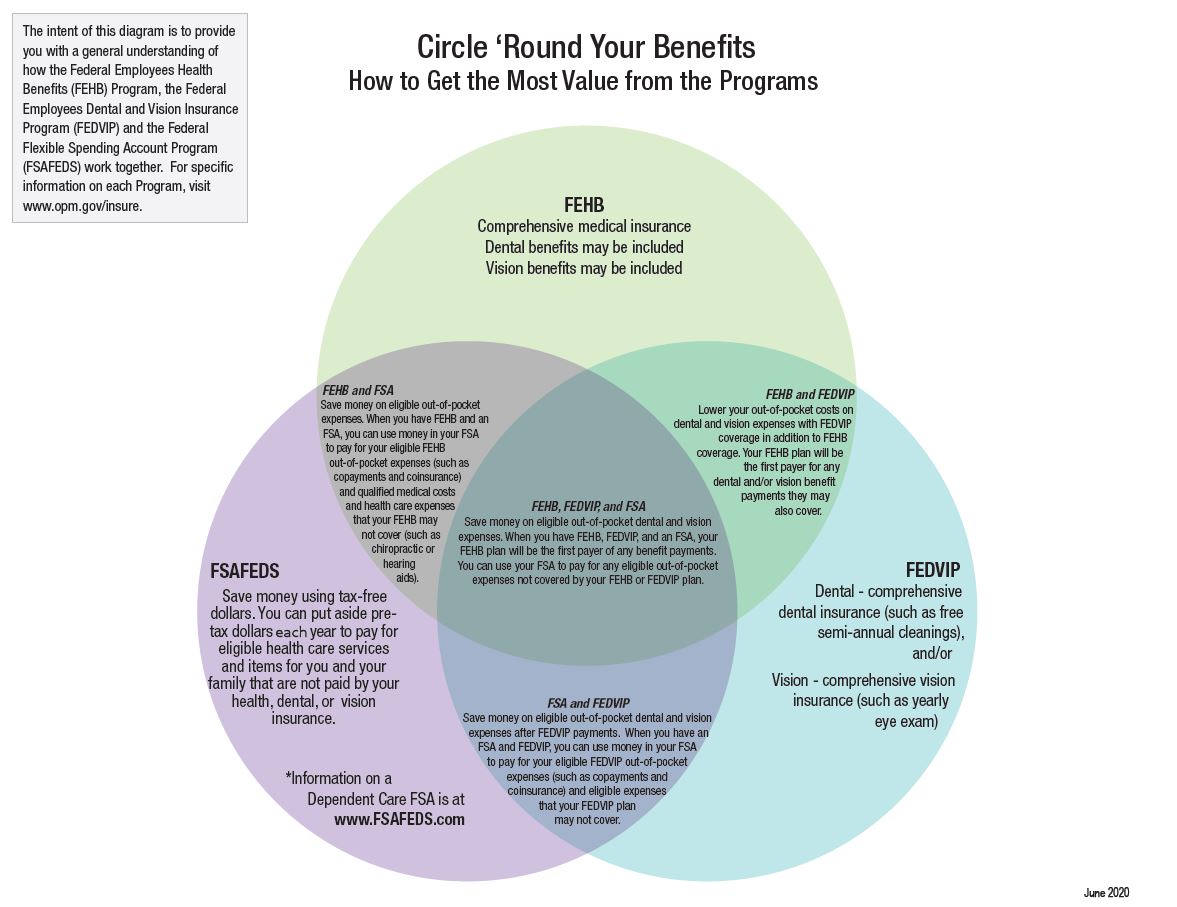Some Known Questions About Medicare Advantage Agent.
Some Known Questions About Medicare Advantage Agent.
Blog Article
The Ultimate Guide To Medicare Advantage Agent
Table of ContentsThe Ultimate Guide To Medicare Advantage AgentThe Ultimate Guide To Medicare Advantage AgentFascination About Medicare Advantage Agent


follows from confusing the perplexing young age profile of the uninsured with the better health, wellness average, standard younger personsMore youthful For those without accessibility to workplace health insurance coverage, bad health is a potential barrier to acquiring nongroup coverage since such insurance coverage might be very priced, exclude preexisting problems, or be just unavailable. Unless otherwise kept in mind, national price quotes of people without health insurance coverage and proportions of the population with different kinds of protection are based on the CPS, the most widely used source of estimates of insurance policy coverage and uninsurance prices.

Rumored Buzz on Medicare Advantage Agent
Over a three-year duration starting early in 1993, 72 million people, 29 percent of the united state populace, lacked protection for at the very least one month. Within a single year(1994), 53 million people experienced at the very least a month without protection(Bennefield, 1998a). Six out of every 10 without insurance adults are themselves employed. Although working does improve the probability that a person and one's relative will certainly have insurance policy, it is not a guarantee. Even participants of families with 2 full-time wage income earners have practically a one-in-ten opportunity of being without insurance (9.1 percent without insurance rate)(Hoffman and Pohl, 2000 ). The relationship in between medical insurance and access to care is well established, as documented later on in this chapter. Although the relationship between medical insurance and health and wellness end results is neither direct neither basic, a comprehensive clinical and wellness services research literature links medical insurance coverage
to better accessibility to care, far better top quality, and boosted individual and populace health condition. The second report, on personal health outcomes for without insurance adults, is stood for by the innermost circle of the number, while the third record, on family health, incorporates the subjects of the second record but highlights a different system of analysis, particularly, the family. The 6th record in the series will present info concerning methods and initiatives taken on locally, statewide, or nationally to address the absence of insurance policy and its adverse effects. Levels of evaluation for checking out the effects of uninsurance. This discussion of wellness insurance policy protection concentrates mainly on the U.S. populace under age 65 since practically all Americans 65 and older have Medicare or various other public coverage.
Furthermore, it focuses particularly on those without any kind of medical insurance for any kind of size of time. The issues encountered by the underinsured remain in some areas comparable to those encountered by the without insurance, although they are usually less severe. Uninsurance and underinsurance, nonetheless, involve noticeably various plan problems, and the techniques for addressing them may differ. Throughout this study and the five records to adhere to, the primary emphasis is on persons with no wellness insurance policy and therefore no aid in spending for health and wellness care past what is available through charity and safeguard institutions. Medical insurance is a powerful factor influencing invoice of care because both people and doctors react to the out-of-pocket cost of services. Medical insurance, however, is neither necessary nor enough to obtain accessibility to medical solutions. Nevertheless, the independent and straight effect of health
insurance protection on access to wellness services is well developed. Others will acquire the health treatment they need even without medical insurance, by paying for it out of pocket or seeking it from service providers that use treatment totally free or at extremely subsidized rates. For still others, medical insurance alone does not ensure receipt of treatment since of various other nonfinancial barriers, such as a lack of wellness care carriers in their area, limited accessibility to transportation, illiteracy, or linguistic and cultural differences. Formal study regarding uninsured populaces in the United States dates to the late 1920s and early 1930s when the Board on the Cost of Treatment created a collection of records regarding funding physician office brows through and hospitalizations. This concern became prominent as the varieties of clinically indigent climbed during the Great Clinical depression. Empirical studies consistently support the web link between accessibility to care and boosted health results(Bindman et al., 1995; Starfield, 1995 ). Having a regular resource of treatment can be considered a forecaster of access, instead than a straight measure of it, when health and wellness end results are themselves made use of as accessibility indicators. This expansion of the idea of accessibility measurement was made by the IOM Board on Keeping An Eye On Accessibility to Personal Health And Wellness Care Services(Millman, 1993, p. Whether or not moms and dads are guaranteed appears to affect whether or not their children get care in addition to just how much careeven if the youngsters themselves have protection(Hanson, 1998). The health and wellness find more info of parents can influence their ability to care for their kids and the degree of household stress and anxiety. Bothering with their youngsters's accessibility to care is itself a source of stress and anxiety for moms and dads. 3 chapters comply with in this report. Chapter 2 gives a review of exactly how employment-based medical insurance, public programs and individual insurance plan operate and communicate to give substantial however insufficient coverage of the united state population. This includes a testimonial of historical patterns and public policies influencing both public and personal insurance, a conversation of the interactions among the different types of insurance, and an assessment of why people relocate from one program to one more or finish up

Report this page